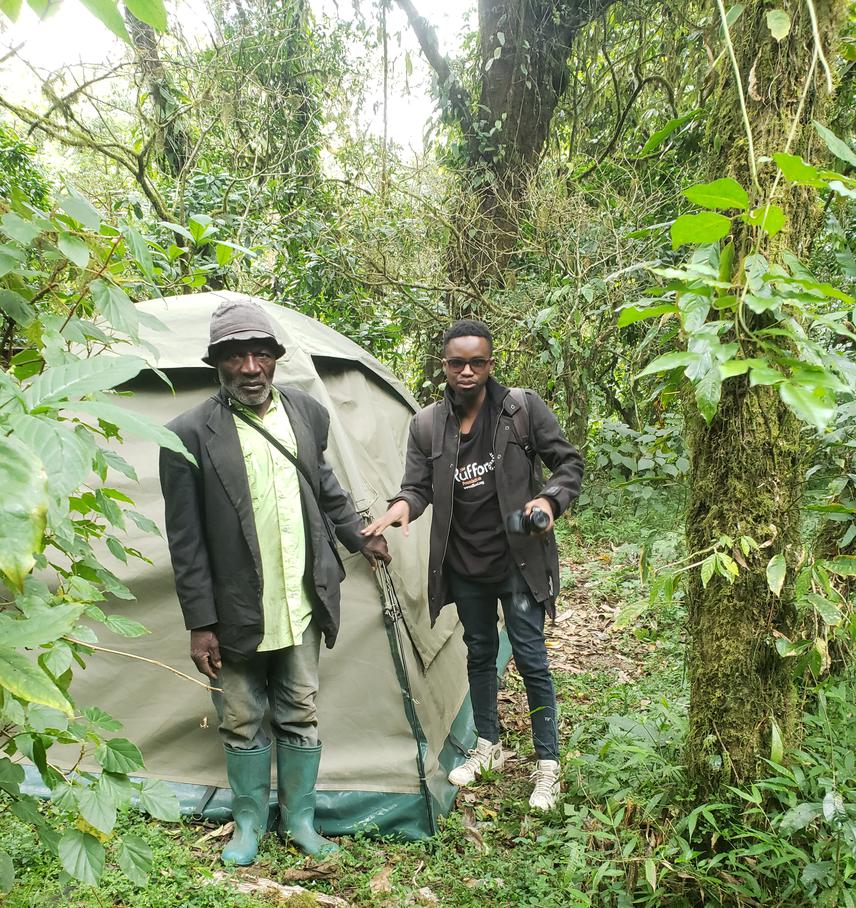Fredrick Ojija
Other projects
22 Sep 2017
Enhancing Ecological Habitat for Critically Endangered Long-Billed Tailorbird (Artisornis moreaui) Through Community Empowerment in Nilo Nature Reserve,Tanzania
12 Jun 2020
Reducing Extinction Risk of Critically Endangered Rungwecebus kipunji in Mount Rungwe Nature Forest Reserve, Tanzania
11 Apr 2022
Enhancing Conservation of Paragalago sp and Rungwecebus kipunji through Community Empowerment, Habitat Restoration, and Population Survey, Tanzania
The Mount Rungwe Nature Forest Reserve (MRNFR) is a vital nature reserve in Tanzania that safeguards endemic, endangered, and highly endangered species. Despite being a refuge for endangered species, including the very rare antelope Abbott’s duiker (Cephalophus spadix) and two primates, Rungwe dwarf galago (Paragalago sp.) and Kipunji (Rungwecebus kipunji), its natural habitats are imperilled by invasive alien plants (IAPs), e.g., Pinus patula, Eucalyptus saligina, Lantana camara, Ageratum conyzoides, and Cypress sp. These plants are damaging the MRNFR’s ecology as they have invaded and colonized natural forests and grasslands in the reserve. The spread of IAPs is enhanced by anthropogenic activities (Davenport et al. 2014), including deforestation and forest degradation (DD), plantations, and cultivation around the MRNFR. The IAPs and DD represent the main threats to the habitat and population health of C. spadix, Paragalago sp., and R. kipunji (CPR) in MRNFR as they negatively affect natural processes driving their reproduction, native habitats’ quality, and food resources.

In Mount Rungwe Nature Forest Reserve. © Ojijaf.
The IAPs are spreading at an unprecedented rate and increasing in biomass faster than native plants in MRNFR. As a result, their invasions are altering the MRNFR vegetation structure and composition and replacing native flora that provides food (e.g., fruits, forages, or seeds) and residence for CPR. Since AIP's invasion threatens MRNFR’s ecological integrity, urgent conservation actions are required to stop and manage their spread and threats. Based on our knowledge, there is no study that has conducted AIP inventories, built the capacity of the local community to control IAPs, or raised their awareness about the IAPs deleterious impact. Thus, the current project’s goal is to enhance conservation of CPR and their natural habitats in MRNFR through countermeasures against invasive plant problems. It further aims to build local people's and conservators’ capacity to prevent and control the spread of IAPs through conservation education.
Header: In Mount Rungwe Nature Forest Reserve. ©Ojijaf 2023.